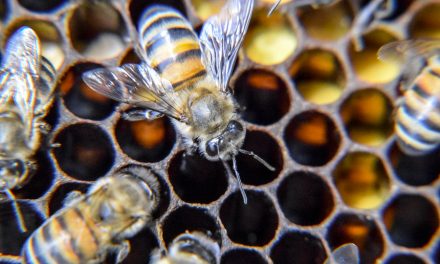The clay from Kisameet Bay, British Columbia has been used by the aboriginal people for over 10,000 years in treating various ailments. From everything from skin irritation to stomach issues, the clay proved effective for many illnesses. Researchers are saying that there is now some evidence behind the health benefits of the clay, the most promising, they say, is its effectiveness against many serious antibiotic-resistant infections.

In a recent study published in the journal mBio, University of British Columbia scientists discovered that a dangerous group of bacteria simply died when incubated in water combined with the clay. What are known as ESKAPE pathogens are responsible for the majority of hospital infections in the US, and include Enterococcus faecium, Staphylococcus aureus, Klebsiella pneumoniae, Acinetobacter baumannii, Pseudomonas aeruginosa, and Enterobacter species.

Though this is good news, there is still a lot of research to be done until the clay will be used medicinally. Researchers are not yet sure how exactly the clay works in fighting bacteria. The overall safety of the clay still needs to be studied.
*Article originally appeared at Minds.












